
Claude Monet was only twenty-seven years old when he wrote “The Beach in St. Adress” – a landscape that is so innovative in terms of art that it became possible to exhibit it only at the Second Impressionist Exhibition in 1876, almost ten years after its creation.
The picture is built on contrasts: the sun shines brightly, idle bourgeois admire sailing races. They do not notice the fishermen, and enthusiastically look at the sea through a telescope. Bourgeois try to see something ghostly while the present is near.
The picture was painted in the early summer of 1867, immediately after two significant works by the artist were rejected by the Salon. In subsequent years, Monet often had to experience the same thing; perhaps that is why he did not exhibit “The Beach in St. Adress” until 1876 and preferred to give his picture not to the Salon, but to the Impressionist exhibition.
 Playa de Santa Adresa – Claude Monet
Playa de Santa Adresa – Claude Monet Peach Can by Claude Monet
Peach Can by Claude Monet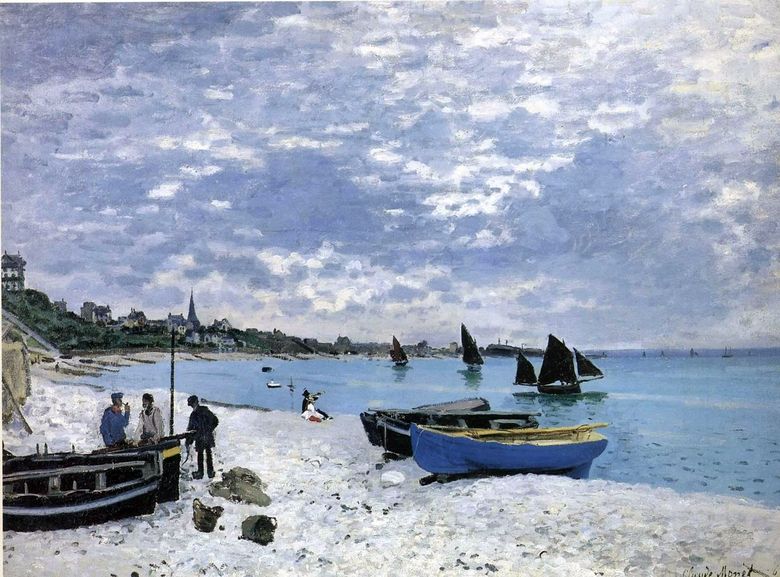 Plage à St. Adresse – Claude Monet
Plage à St. Adresse – Claude Monet Regatta in Saint-Adress by Claude Monet
Regatta in Saint-Adress by Claude Monet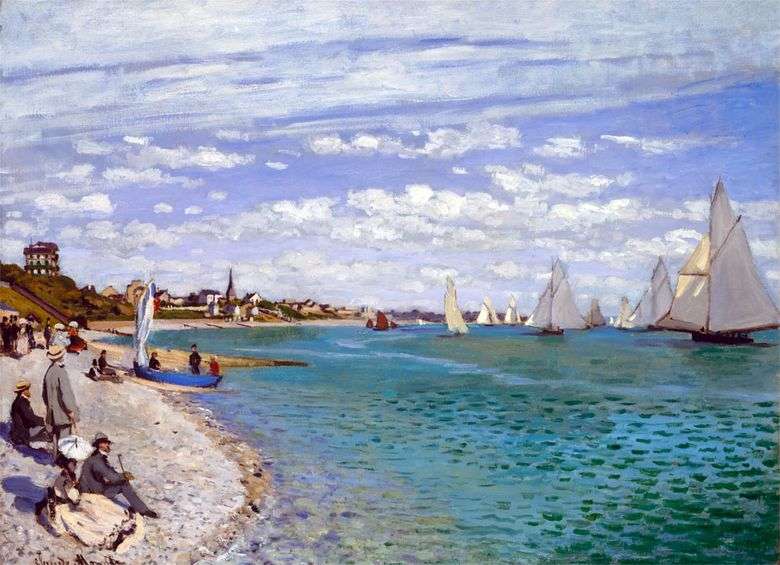 Regata en Saint-Adress – Claude Monet
Regata en Saint-Adress – Claude Monet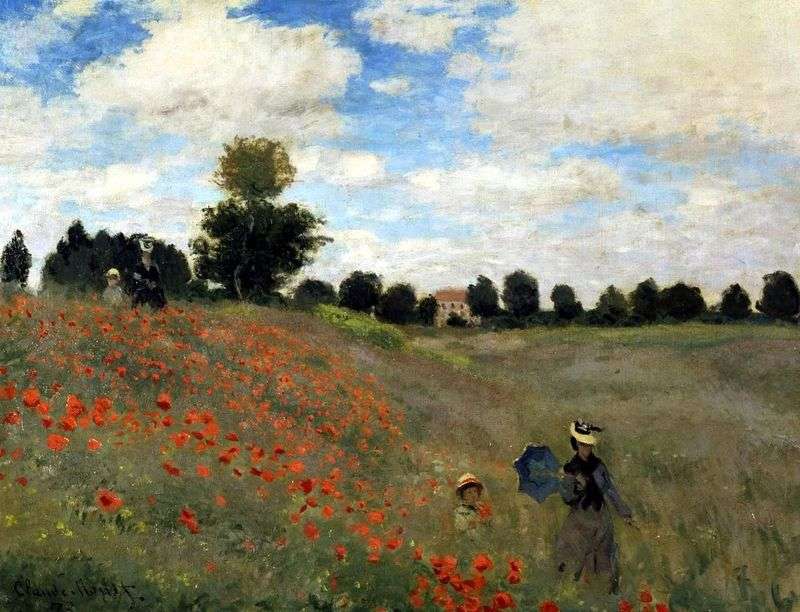 Maki, Arzhanteya neighborhood by Claude Monet
Maki, Arzhanteya neighborhood by Claude Monet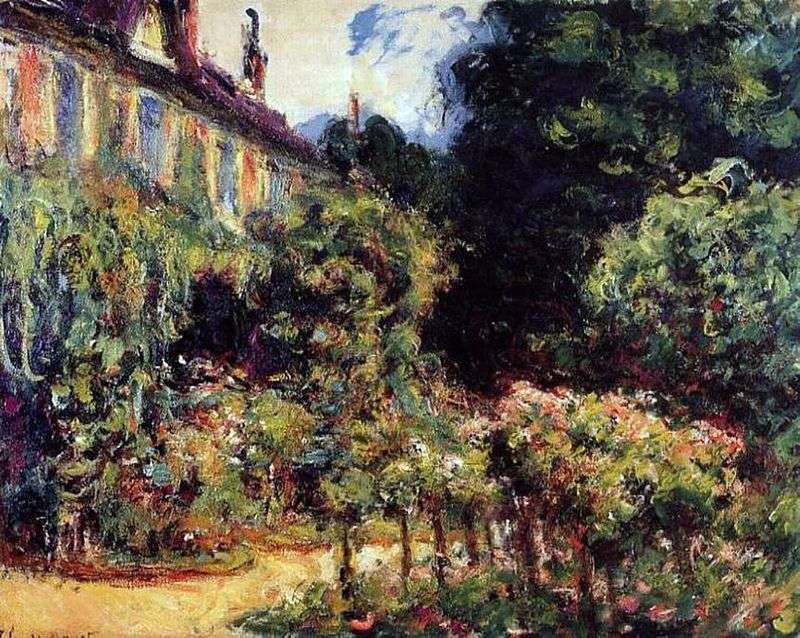 Artist’s House in Giverny by Claude Monet
Artist’s House in Giverny by Claude Monet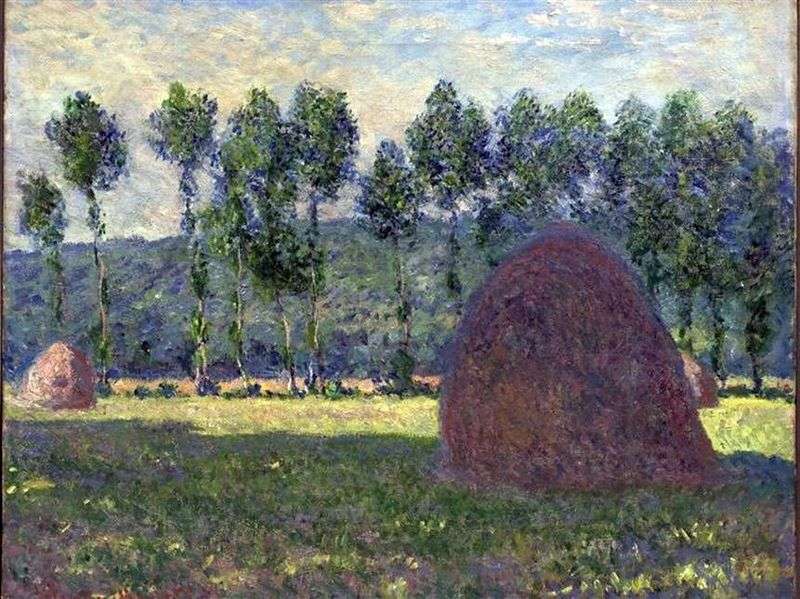 Haystack by Claude Monet
Haystack by Claude Monet